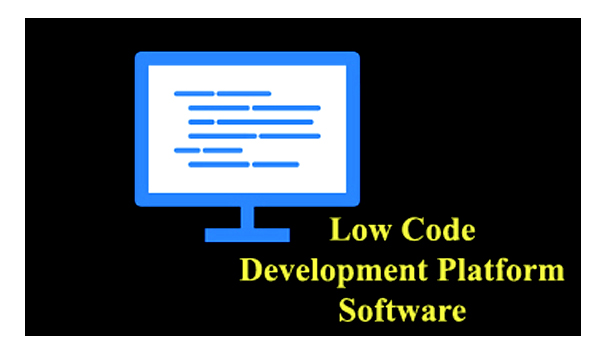Find Best Low Code Development Platform Software for Your Business
We help you find the right Low Code Development Platform Software for your business.

Browse Popular Low Code Development Platform Software
Up-to-date listing of Low Code Development Platform Software to assist you throughout your software selection and purchase journey.
What is Low Code Development Platform (LCDP)?
A Low Code Development Platform (LCDP) is a software development framework that allows developers to create applications with minimal hand-coding and manual programming. It enables the visual development of applications through a graphical user interface, reducing the need for extensive traditional coding. The primary goal of low-code platforms is to accelerate the application development process, making it more accessible to users with varying levels of programming expertise.
Features of Low Code Development Platforms:
- Visual Interface: Low-code platforms provide a visual development environment where users can design and build applications using graphical elements and drag-and-drop functionality.
- Reusable Components: These platforms often offer a library of pre-built and reusable components, such as UI elements, forms, and integrations, that can be easily incorporated into applications.
- Workflow Automation: Automation of business processes is a key feature, allowing users to define workflows, rules, and logic visually, reducing the need for manual coding.
- Cross-Platform Compatibility: Low-code platforms typically support cross-platform development, enabling the creation of applications that can run on various devices and operating systems.
- Integration Capabilities: Integration with existing systems and third-party services is simplified through pre-built connectors and APIs, facilitating seamless data exchange.
- Scalability: Many low-code platforms offer scalability, allowing applications to grow and adapt to changing business needs.
- Collaboration Tools: Built-in collaboration features enable teams to work together efficiently, with real-time collaboration and version control.
- Security Measures: Security features, such as user authentication, access controls, and encryption, are integral to ensure the safety of applications built on the platform.
Benefits of Low Code Development Platforms:
- Rapid Application Development (RAD): Low-code platforms accelerate the development cycle, enabling businesses to bring applications to market faster.
- Cost-Efficiency: By reducing the need for extensive coding and development resources, low-code platforms can lead to cost savings in both development time and labor.
- Empowering Citizen Developers: Business users with limited programming skills (citizen developers) can actively participate in the development process, fostering innovation and reducing the burden on IT departments.
- Adaptability to Change: Low-code platforms offer flexibility and adaptability, allowing businesses to quickly respond to changing market conditions and evolving requirements.
- Streamlined IT Processes: Automation of workflows and processes simplifies IT operations and reduces manual effort, leading to increased efficiency.
- Scalability and Integration: Low-code platforms support scalability and seamless integration with existing systems, facilitating the growth and evolution of applications as business needs change.
Adopting a Low Code Development Platform can empower businesses to respond more quickly to market demands, reduce development costs, and involve a broader range of stakeholders in the application development process.







